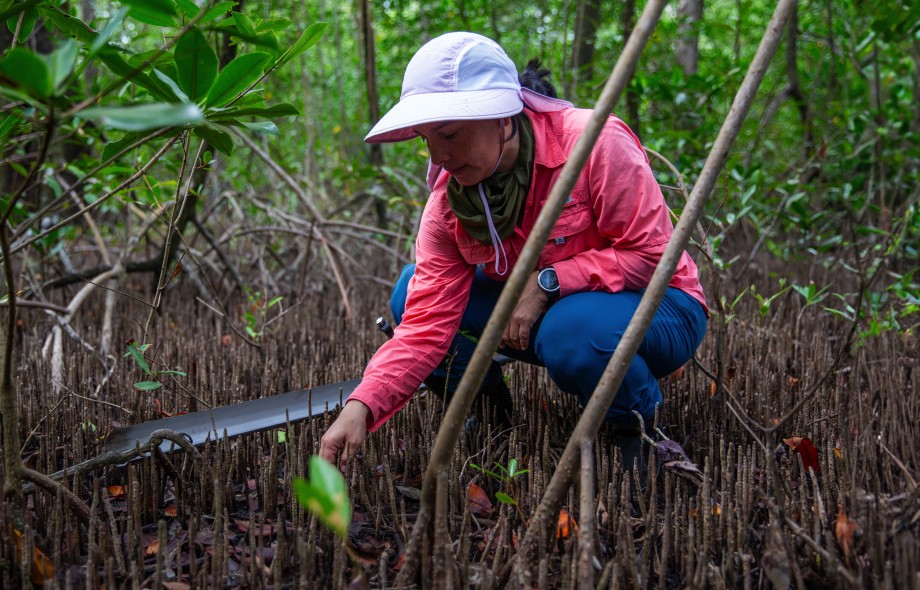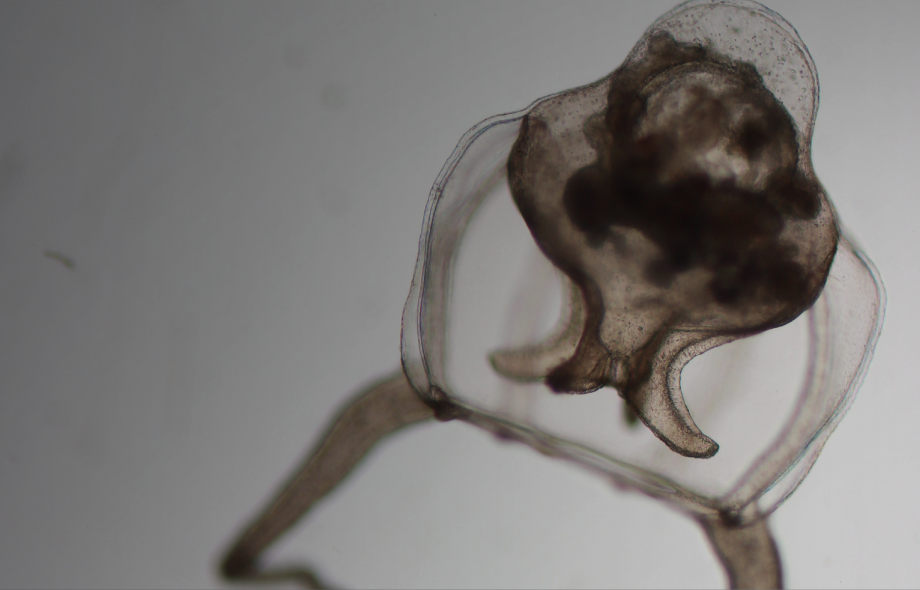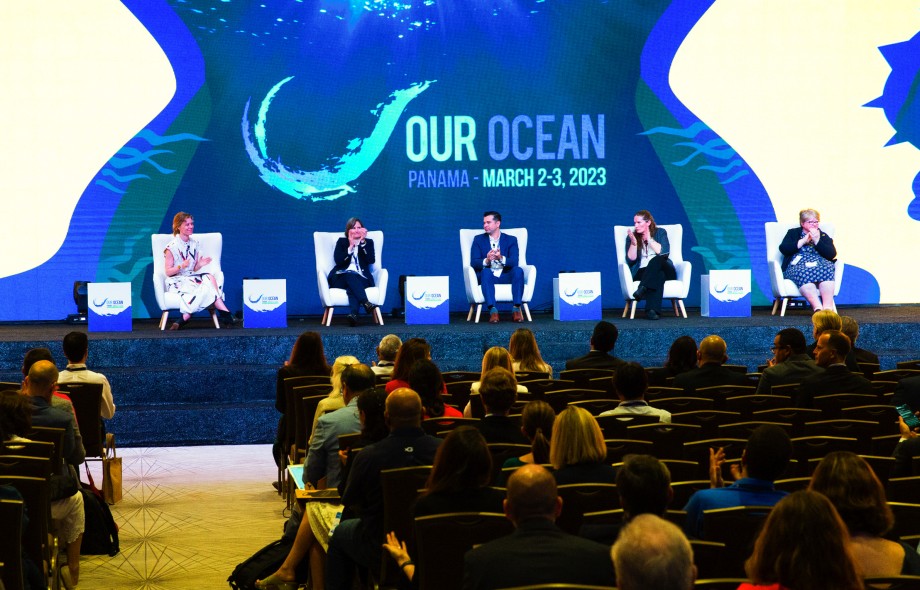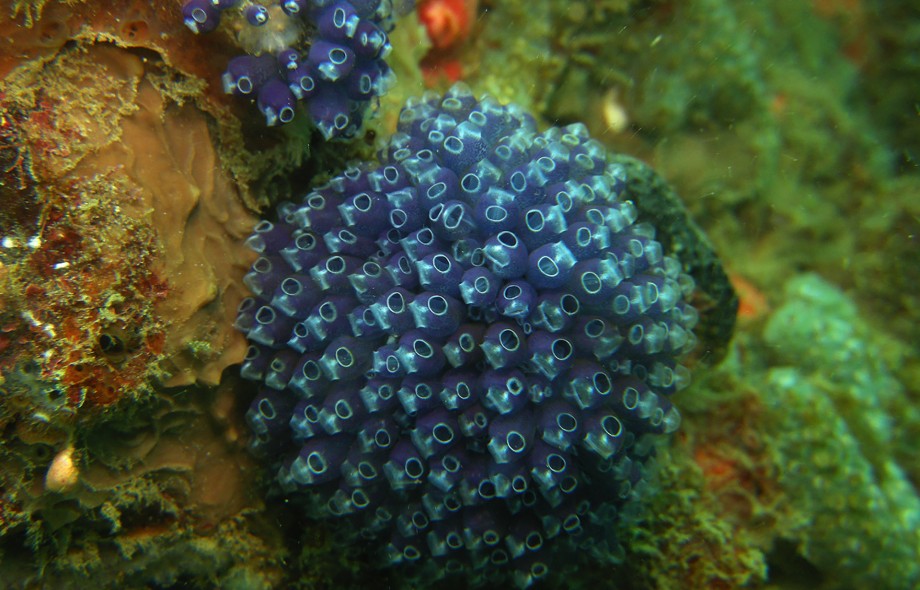Smithsonian researchers collaborated with stakeholders to share mangrove carbon accounting techniques and learn about their importance in mitigating climate change.

You are here
Projects
& Stories
Rachel Collin
We hope to identify the different species of hydromedusae and their relationship with seasonal upwelling in the coastal waters of the Bay of Panama.
The 8th Our Ocean Conference concluded with 341 commitments worth nearly $20 billion, including the expansion of Banco Volcán Managed Resources Area in the Panamanian Caribbean that led Panama to protect over 54% of its oceans.
Most ocean life remains to be discovered. Because fish and many other animals that live in the ocean often have larvae or other, microscopic life stages that drift freely in ocean water, counting species by genetic barcoding of plankton samples adds to counts of species recorded as adults and is a highly efficient way to understand what lives in the ocean and how biodiversity changes as we modify the ocean environment.
Picture this: What to do at a party when you try to carry on a conversation, but the music is too loud? A Panamanian doctoral student is trying to figure out how dolphins communicate underwater during heavy boat traffic in the Bocas del Toro Archipelago.
At the Smithsonian’s Bocas del Toro Research Station, in Panama, marine biologist Rachel Collin runs an educational program that recruits international experts to teach and create videos about how to collect, preserve and observe marine invertebrates, passing down their very specific knowledge to aspiring taxonomists.





